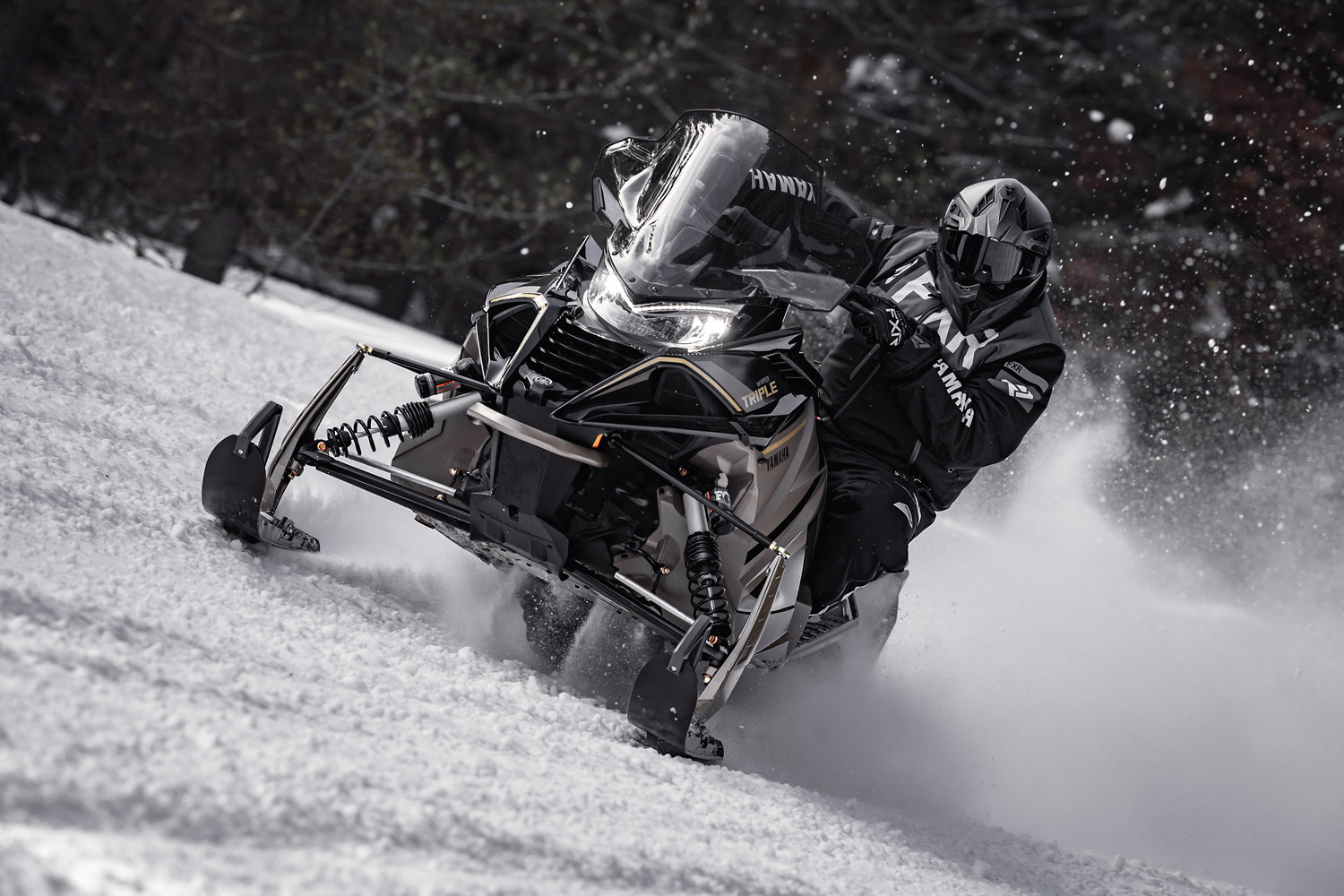Corsair21111
Jet Boat Lover
- Messages
- 73
- Reaction score
- 155
- Points
- 82
- Location
- Monkton MD
- Boat Make
- Yamaha
- Year
- 2023
- Boat Model
- AR
- Boat Length
- 22
I’m stuck with my AR220 for quite some time due to my current financial commitments with my kids schooling. Both of my girls currently go to private school and college for my oldest is right around the corner. I’ve got 9 more years of putting money towards their education, which imo is much more important then upgrading our boat. Other then finding a pair of used jet skis with the 1.8’s, refreshing them and swapping them into my AR these cams are really my only option. In hind sight, I wish I had saved up more and bought a 222S instead or even a used AR240. What’s done is done.
I have a lot of experience with using aftermarket efi systems in the automotive world. Mega Squirt, Haltec, and Holley. The Holley and Haltec systems could easily be mated up to a TR-1 if going full stand alone is required. Ideally, staying with the factory ecu would be best assuming the fuel tables and timing can be adjusted. With today’s technology, and seeing that Riva has a tune for it I’m pretty optimistic that the factory ecu can be manipulated to fit the needs of the more aggressive camshafts.
I haven’t had the chance to dissect the OEM exhaust manifold to see if putting an 02 sensor in it is feasible. I’m sure that with access to the right equipment that hurdle can be overcome.
I have a lot of experience with using aftermarket efi systems in the automotive world. Mega Squirt, Haltec, and Holley. The Holley and Haltec systems could easily be mated up to a TR-1 if going full stand alone is required. Ideally, staying with the factory ecu would be best assuming the fuel tables and timing can be adjusted. With today’s technology, and seeing that Riva has a tune for it I’m pretty optimistic that the factory ecu can be manipulated to fit the needs of the more aggressive camshafts.
I haven’t had the chance to dissect the OEM exhaust manifold to see if putting an 02 sensor in it is feasible. I’m sure that with access to the right equipment that hurdle can be overcome.







